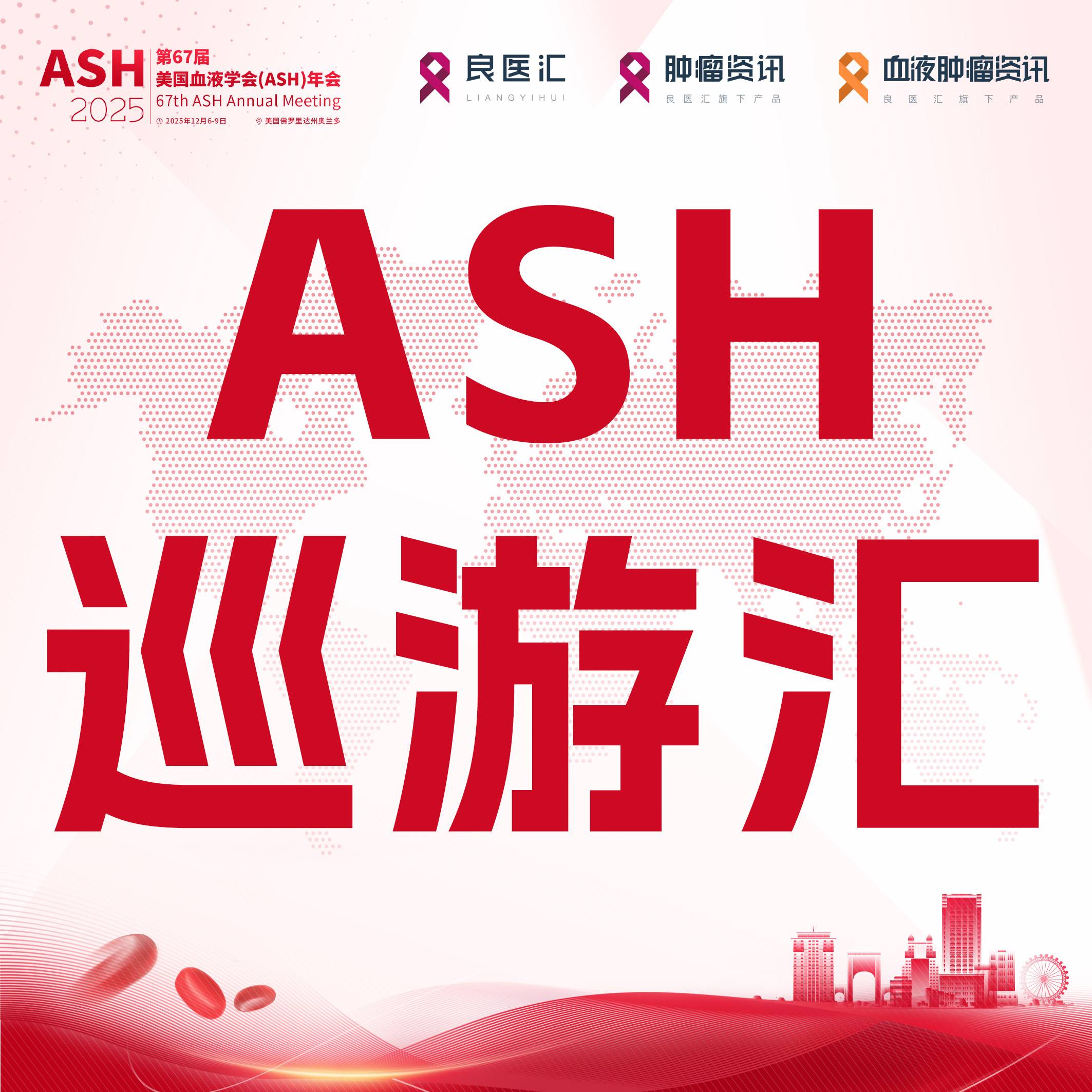编译:Temperance
来源:肿瘤资讯
摘要1425PD
Clinical activity, safety and predictive biomarkers results from a phase Ia atezolizumab (atezo) trial in extensive-stage small cell lung cancer (ES-SCLC)
L.V. Sequist, A. Chiang, J. Gilbert, M. Gordon, P.R. Conkling, D. Thompson, J.P. Marcoux, S.J. Antonia, B. Liu, D.S. Shames, A. Lopez-Chavez, C. O’Hear, M. Fasso, S. Gettinger
Background: Most patients ( pts) with ES-SCLC receive platinum-based chemotherapy with etoposide, however median survival is <1 y, and new options are needed. Here we
assess the safety and clinical activity of the cancer immunotherapy atezo (anti-PDL1)
as monotherapy in ES-SCLC.
Methods: ES-SCLC pts received atezo IV q3w at 15 mg/kg or 1200 mg as part of a Ph Ia study (NCT01375842). Due to protocol amendments the first 5 pts were PD-L1 selected and the subsequent 12 were not PD-L1 selected. Initially treatment was to last up to 1 y though retreatment at PD was allowed. Later pts were treated until loss of clinical benefit. RECIST v1.1 and irRC assessments were used. PD-L1 expression was centrally evaluated using the VENTANA SP142 IHC assay. Teffector (Teff ) gene signature (CD8A, GZMA, GZMB, EOMES, CXCL9, CXCL10, TBX21) and PD-L1 mRNA was measured (iChip).
Results: As of Dec 15, 2015, 17 pts with a minimum follow-up of 6.7 mo, were safety/efficacy evaluable. 65% were male; 88% were ECOG PS 1. Median age was 63 y (range 44-80), and pts were heavily pretreated (65% ≥ 3 prior therapies). 65% pts had all grade (1-5) treatment-related AEs most often fatigue (24%). There were 8 related G3-5 AEs in 3 pts, including 1 G3 pneumonitis leading to treatment discontinuation and 1 G5 hepatic failure. Confirmed ORR by RECIST was 6% (1 PR with DOR of 7 mo, also irPR by irRC) and 24% by irRC. 4/17 pts received atezo for ≥ 6 mo, 2 of these for ≥ 12 mo. 1 irPR pt stopped atezo per protocol after 1 y and remained in irPR for an additional 1 y until PD. Upon retreatment, the patient again derived benefit and is still on atezo as of data cutoff, 2.6 y from first dose. mPFS by RECIST was 1.5 mo (95% CI: 1.2, 2.7), and mOS was 5.9 mo (95% CI: 4.3, 20.1). PD-L1 expression was low overall, consistent with published data. A trend toward greater clinical benefit was seen for Teff gene signature and PD-L1 mRNA.
Conclusions: These initial results in ES-SCLC demonstrate a tolerable safety profile with no new safety signals for atezo. Atezo also showed encouraging single-agent activity, based on the duration of clinical benefit in a subset of patients. Further studies of atezo in ES-SCLC are planned.
Clinical trial identification: NCT01375842
Legal entity responsible for the study: F. Hoffmann-La Roche Ltd.
Funding: F. Hoffmann-La Roche Ltd.
广泛期小细胞肺癌接受atezolizumab(atezo)Ia期临床试验对临床活性、安全性及预测性标志物的研究结果
背景
大多数的广泛期小细胞肺癌的患者都会接收以铂类和依托泊苷联合的治疗方案,接收治疗后的中位生存期依然小于1年,此研究使用单个免疫治疗药物atezo(PD-L1抗体)治疗广泛期小细胞肺癌并观察其安全性及临床效果。
方法
在Ia期临床试验(NCT01375842)中,广泛期小细胞肺癌患者接受atezo 15mg/kg或1200mg静脉推注治疗,每三周重复。由于治疗流程修改的原因,最初5个接受治疗的患者为PD-L1选择性,但后续的12个患者并未进行PD-L1状态选择。最初的治疗持续一年,其中疾病进展的患者也允许继续接受治疗。之后的患者都接受治疗直至没有临床获益为止。评估通过RECIST V1.1和irRC。PD-L1的表达通过VENTANA SP142 IHC检测。Teffector基因状态(CD8A,GZMA,GZMB,EOMES,CXCL9,CXCL10,TBX21)及PD-L1的Mrna都进行了检测。
结果
直至2015年12月15日,共有17例患者至少进行了6.7个月的随访,其中65%为男性,88%ECOG评分1分。患者中位年龄为63岁(44-80岁),65%的患者在入组前至少接受了≥3个周期的其他治疗。65%的患者出现了1-5级治疗相关的副反应,其中大多数(24%)为乏力。共有3例患者出现了8种3-5级的不良反应,包括1例3级的肺炎导致治疗不能继续,1例5级的肝衰竭。RECIST分析确定的ORR为6%(1例达到PR且DOR为7个月,同时irRC评价也达到了irPR),irRC评价ORR为24%。17例中4例接受atezo治疗超过了6个月,2例超过了12个月。还有一例irPR的患者在接受atezo治疗一年后停止了治疗并持续irPR状态一年才发生进展,在继续接受atezo治疗后,该患者再次获益并接受治疗直至数据收集截止时间,总共经历了2.6年时间。该研究的中位无进展生存期经RECIST分析为1.5个月,中位总生存为5.9个月。PD-L1总体的表达都很低,这与之前发表的数据一致。有趋势显示Teffector基因及PD-L1 mRNA表达的患者可以获得更好的临床获益。
结论
这项研究显示广泛期小细胞肺癌接受atezo治疗后耐受性良好,同时从统计数据上显示的临床获益时间也看出单药atezo治疗获得了令人鼓舞的结果。进一步关于atezo治疗广泛期小细胞肺癌的研究也正在计划中。
摘要1426PD
Phase II study of roniciclib in combination with cisplatin/etoposide or carboplatin/etoposide as first-line therapy in subjects with extensive-disease small cell lung cancer (ED-SCLC)
M. Reck, L. Horn, S. Novello, F. Barlesi, I. Albert, E. Juhasz, J. Chung, A. Fritsch, U. Drews, M. Rutstein, A. Wagner, R. Govindan.
Background: Patients with ED-SCLC have a poor prognosis.We conducted a phase II study to evaluate the efficacy and safety of roniciclib (R), an oral pan-cyclin-dependent kinase inhibitor, in combination with standard first-line platinum-based chemotherapy in subjects with ED-SCLC (NCT02161419).
Methods: Chemotherapy-naïve ED-SCLC patients were randomized 1:1 to receive 5 mg R or placebo (P) BID, 3d-on/4d-off, and standard chemotherapy (etoposide with either cisplatin or carboplatin) on a 21-day schedule for 6 cycles after which R/P was continued as monotherapy. Treatment continued until disease progression, death, or unacceptable toxicity. The primary endpoint was progression-free survival (PFS). Secondary objectives included overall survival (OS), time to progression (TTP), and objective response rate (ORR) and safety.
Results: A total of 140 patients with ED-SCLC started treatment with R plus chemotherapy (R-Chemo) or P-Chemo (70 in each arm). Baseline characteristics were balanced between R-Chemo and P-Chemo: male patients 61 vs 62%, ECOG status (0/1) 35/65% vs 28/72%, median age 62 vs 63 years. Median number of cycles during combination treatment was 4 vs 6 (R-Chemo vs P-Chemo), and dose reductions/ treatment discontinuations due to AEs were 44/23% vs 13/6%. No significant differences in favor of R-Chemo were seen in the efficacy endpoints (R-Chemo vs P-Chemo): median PFS 4.9 mo vs 5.5 mo [HR 1.242 (CI: 0.82, 1.88), p-value 0.865]; median OS 10.7 mo vs 10.7 mo [HR 1.430 (CI: 0.79, 2.61), p-value 0.869]; median TTP 5.4 mo vs 5.5 mo [HR 1.047 (CI: 0.67, 1.65), p-value 0.590]; and ORR 61% vs 75% [p-value0.968 ]. Incidence of notable adverse events (AEs) higher in the R-Chemo arm included vomiting, diarrhea, hypomagnesemia, thromboembolic events, sepsis and acute kidney injury. There were 9 fatal AEs in the R-Chemo arm compared to one in the P-Chemo arm, with 2 attributed to R (sepsis and bronchopulmonary hemorrhage). Study treatment was discontinued for all ongoing patients.
Conclusions: Addition of R to platinum-based first-line chemotherapy in ED-SCLC patients increased toxicity without improving efficacy.
Clinical trial identification: NCT02161419
Legal entity responsible for the study: Bayer AG
Funding: Bayer AG
Roniciclib联合顺铂/依托泊苷对比顺铂/依托泊苷作为一线方案治疗广泛期小细胞肺癌的II期临床试验
背景
广泛期小细胞肺癌预后很差,这项II期临床试验旨在评估roniciclib(口服CDK抑制剂)联合标准一线化疗方案治疗广泛期小细胞肺癌的疗效(NCT02161419)。
方法
未接受过化疗的小细胞肺癌患者1:1分配为两组,一组接受5mg roniciclib(R)一日两次口服,口服3日停药4日,一组进行安慰剂治疗,两组患者均同时接受标准化疗(依托泊苷联合顺铂或卡铂),化疗每21天为一个周期,共重复6周期,化疗后继续接受roniciclib或安慰剂单药治疗。治疗持续至疾病进展、死亡或出现不可耐受的毒副作用。主要研究重点为无进展生存期(PFS),次要研究终点包括总生存(OS),疾病进展时间(TTP),客观反应率(ORR)级安全性。
结果
总数为140例患者入组该实验,roniciclib及安慰剂组各70例。两组患者的基本特征平均,其中男性患者两组分别为61%vs62%;ECOG评分0-1分患者35例(65%)vs 28例(72%);中位年龄62 vs 63。所有患者接收治疗的中位周期R药物组为6周期,安慰剂组为4周期;副作用相关导致的药物剂量减少或治疗终止在R药物组为13例(6%),安慰剂组44例(23%)。结果显示R药物联合化疗组没有显示出明显的获益,R药物联合化疗组与安慰剂联合化疗组相比,中位PFS 4.9个月vs5.5个月,中位OS 10.7个月vs10.7个月,中位TTP5.4个月vs5.5个月。R药物联合化疗组不良反应发生较多,包括呕吐、腹泻、低镁、血栓栓塞事件、脓毒症及急性肾损伤。在R药物联合组有9例出现了致死性的不良反应,安慰剂联合组1例出现了致死性不良反应,其中2例不良反应为R药物相关——脓毒症及支气管肺出血。所有的患者研究治疗均已经停止。
结论
对于广泛期小细胞肺癌的患者在接受一线铂类为基础的化疗同时添加roniciclib治疗并不能提高疗效而仅仅增加毒副作用。
版权属良医汇肿瘤资讯App所有。欢迎个人转发分享。其他任何媒体、网站如需转载或引用本网版权所有内容须获得授权且在醒目位置处注明“转自:良医汇肿瘤资讯App”
责任编辑:Lilith











 苏公网安备32059002004080号
苏公网安备32059002004080号


